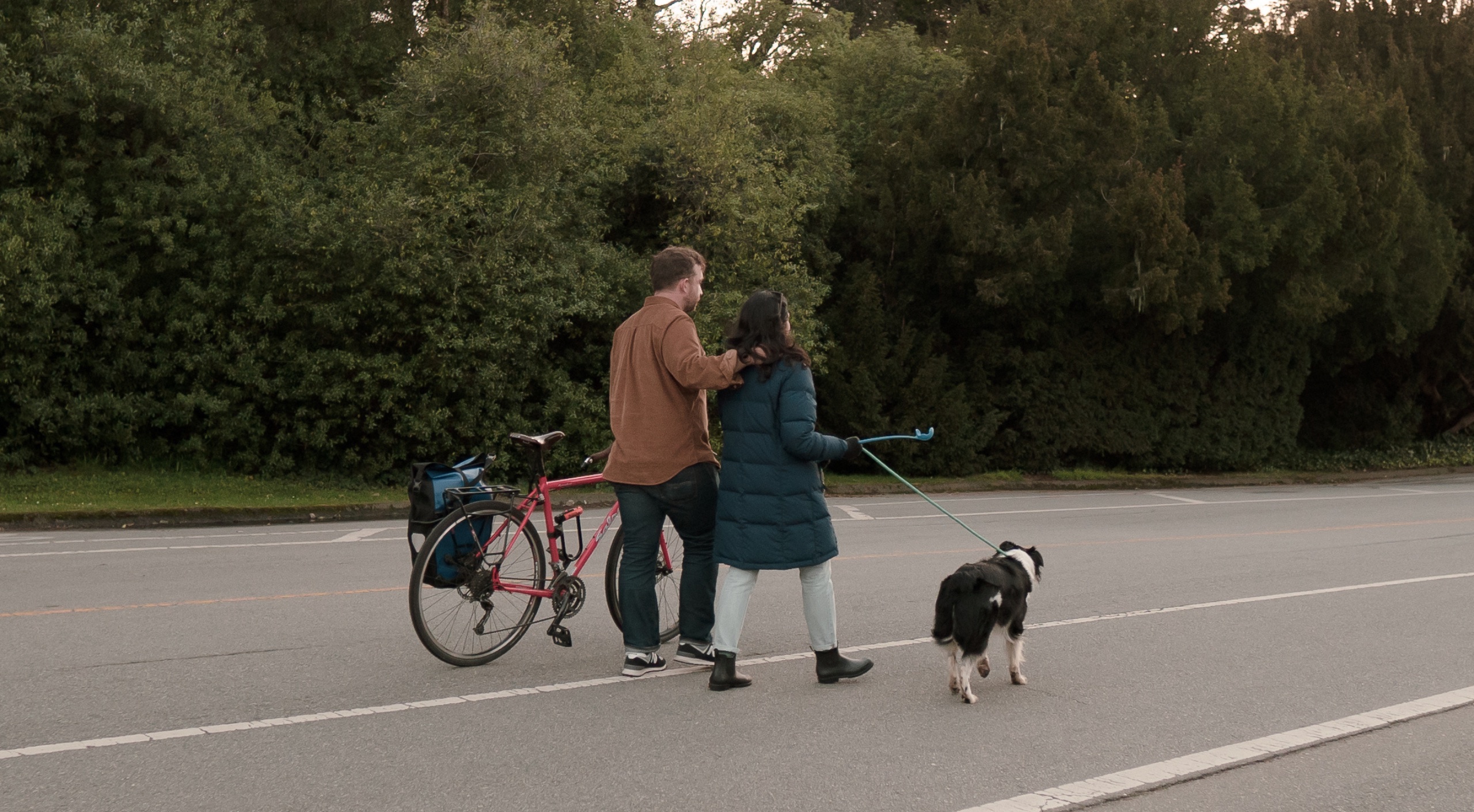The 15 minute city. You might have seen the phrase floating around, and wondered what all the fuss was about. Carlos Moreno, a Parisian professor, came up with the simple idea: urban residents should be able to fulfill “key aspects of life” within a 15 minute walk or cycle from their home. The benefits are clear, but some people are wary of the implications.
The idea can be summarized as living, learning, and thriving within your immediate vicinity. Work, stores, healthcare, education, and leisure would all be within a brief stroll or ride from your home base. Some have called this idea a return to village style living, while others point out that it would move society away from car dependency. Some conspiracy theorists even claim it is a cover for state surveillance and control, discouraging residents from moving outside their neighborhoods. However, Moreno’s theory is about improving access, not restricting it. The goal of the 15 minute city isn’t to take away the car but to bring more within biking and walking distance, giving people more freedom, rather than confinement.
The environmental benefits are plentiful: the nub of the idea would promote carbon neutral transportation methods such as walking and cycling. There would be health benefits through increased exercise, decreased emissions from personal vehicles, and the eradication of food deserts. Social benefits through increased exposure to neighbors and economic benefits for local businesses would also follow from the 15 minute city model. We would all benefit by having the option to walk or ride to the places we have to go rather than having to drive.
This isn’t an untested theory. In 2020, Paris mayor Anne Hidalgo vowed to implement the model and has since been recognized for their influential vision and implementation. In Canada, the mayor of Edmonton has laid out similar plans to “[bring] facilities closer to people… providing better connectivity.” In the UK, there are plans for major cities to discourage driving during peak hours, in turn encouraging sustainable transport and lower emissions. San Francisco is ripe for this type of bold change. Our existing neighborhood layout lends itself to the 15 minute model, and a recent study ranks us as the second most viable 15 minute city in the US (behind Miami!). San Francisco is one of the most forward thinking cities in the world: why would our innovative pedigree stop short of improving livability in our neighborhoods?
The final pieces of the puzzle require political will:
- Dedicated connection corridors that encourage walking and cycling. The city needs to create safe routes to everyday amenities within neighborhoods, without the need for a car. San Francisco’s grid system lends itself to creating dedicated corridors for different types of transportation: public, active, and private (i.e. cars). Our streets can be more than car lanes.
- More mixed-use zoning that intertwines housing, commerce, and services. The 15 minute city calls for both density and diversity. If neighborhoods are monolithic rows of single family homes around a single commercial corridor, then the theory will fail. In a city weighed down by bureaucratic red tape and never-ending rezoning arguments, someone will have to lead from the front to achieve this shift.

